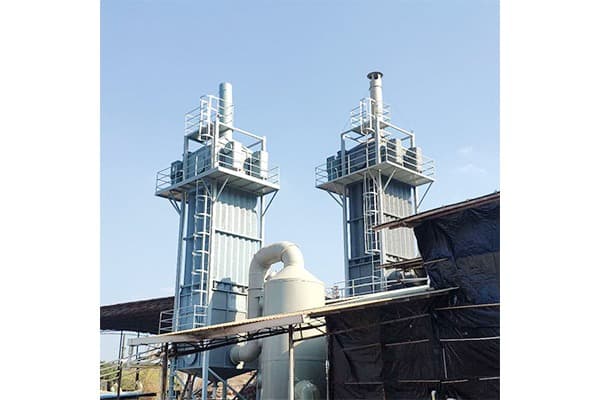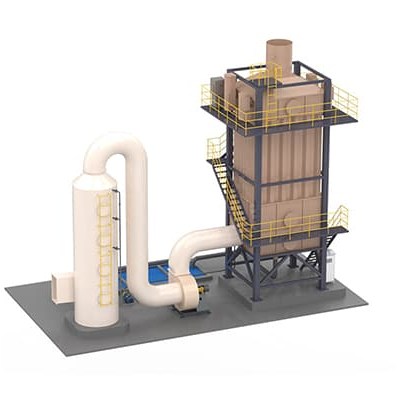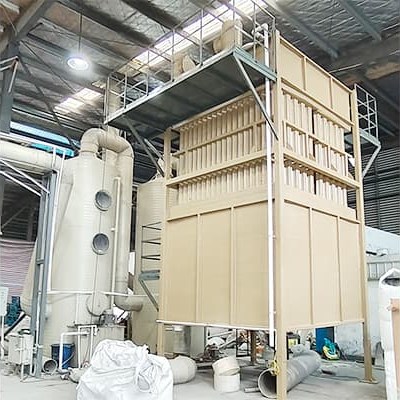The Role of Particle Agglomeration in Enhancing Wet Electrostatic Precipitator Effectiveness for Fine Gas Emissions
Wet Electrostatic Precipitator plays a vital role in treating industrial flue gas, and the size of particles in flue gas has a significant impact on its performance.
First of all, smaller particles pose a greater challenge to Wet Electrostatic Precipitator. When there are a large number of fine particles in the flue gas, these particles are more likely to move with the airflow and are difficult to capture. The Brownian motion of fine particles is more obvious, making their motion trajectory in the electric field more complex and unstable, reducing the collection efficiency of Wet Electrostatic Precipitator. At the same time, due to their small particle size and large specific surface area, they are more likely to adsorb other harmful substances, increasing the difficulty of treatment.
For flue gas with larger particles, Wet Electrostatic Precipitator can usually capture them more effectively. Larger particles are more likely to settle under gravity, and the electric force they are subjected to in the electric field is more obvious, making them more likely to be adsorbed on the dust collecting electrode. However, if the particles in the flue gas are too large, it may cause blockage of the equipment and affect the normal operation of the dust collector.
The size of particles also affects the flushing effect of the Wet Electrostatic Precipitator. For fine particles, higher water pressure and more frequent flushing cycles may be required to ensure that they are effectively removed. Larger particles may cause some wear to the equipment during the flushing process.
In addition, particles of different sizes have different effects on the electrode materials and insulation properties of the Wet Electrostatic Precipitator. Fine particles may more easily form a dust layer on the electrode surface, affecting the uniformity and intensity of the electric field. Larger particles may cause damage to the electrode when they hit the electrode.
In short, the size of particles in the flue gas has a multi-faceted impact on the performance of the Wet Electrostatic Precipitator. In practical applications, it is necessary to reasonably adjust the operating parameters and structural design of the Wet Electrostatic Precipitator according to the size distribution characteristics of the particles in the flue gas to improve its treatment efficiency and stability and ensure that the industrial flue gas is effectively purified.
 Smart Monitoring and Precise C
Smart Monitoring and Precise C
 How Does a Wet Electrostatic P
How Does a Wet Electrostatic P
 Innovations in Wet Electric De
Innovations in Wet Electric De
 The Role of Particle Agglomera
The Role of Particle Agglomera


